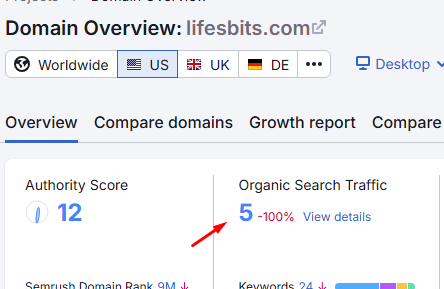Boost KYC compliance with Robust Digital KYC Verification

Strong 8k brings an ultra-HD IPTV experience to your living room and your pocket.
How well do you understand your client? The financial entities have been changed by the rise of new advancements, new players, new guidelines, and new business sectors. If financial institutions adopt a digital KYC onboarding they can avoid falling out of favor. The traditional KYC method made it necessary for the individual to be physically present at the bank or NBFC office. It was impossible during COVID-19 so organizations couldn't onboard customers due to location barriers. That is when organizations shift to digital KYC verification. In this blog, we will delve into how the digital KYC process boosts KYC compliance.
What is Digital KYC?
Digital KYC is the process of using digital tools to verify your customers' identities and determine their risk levels. Organizations can streamline the KYC verification process by automating data collection, beneficial owner identification, sanctions, PEP checks, and more with the digital KYC process.
Types of Digital KYC Verification
1.Online KYC form
In this digital KYC process, the client should finish an online KYC form and submit it to the organization. Notwithstanding, the client should also attach their signatures to the form by taking a printout of the KYC form, signing it, and sending it to the actual location of the concerned association. The client can include a digital signature on the online KYC form and submit it.
2. Video-based KYC
The video-based digital verification is the most credible and legalized by the Reserve Bank of India. The registered officer takes a live picture, video, and valid document from the customer during a full audio-visual interaction. Video-based KYC is utilized while opening a new bank account. However to ensure compliance it is important to check the video KYC guidelines set by RBI.
3. OTP-based KYC
OTP-based digital KYC verification is yet another type of digital KYC that is frequently used to open bank accounts or digital wallets. The OTP is typically sent to the mobile number enlisted with the Aadhaar card.
Components of the Digital KYC Process
Preprocessing of Images: It improves document image quality for better recognition.
Recognition of Text: It transforms the image into text that can be read by machines.
Information Extraction: Extraction of specific data like Name, Age, Address, ID number, Contact details, and Custom fields.
Verification: It verifies the extracted data against a database to ensure its accuracy.
How Digital Verification Boosts KYC Compliance?
In spite of the digitization of KYC compliance, the digital KYC process is yet a critical weight for some establishments. A recent global study indicates that financial and corporate institutions waste millions of dollars annually on ineffective onboarding and client retention, with more than half of financial institutions stating that 31-60% of their KYC review tasks are still performed manually. Astoundingly, the study likewise discovered that over half are spending up to $3,000 to finish only one KYC survey!
By performing digital verification online clients can rapidly and effectively demonstrate they are a real individual utilizing data from their device, email address, or biometrics. Making the digital KYC process simpler is great for clients who would rather not sit around and extraordinary for organizations hoping to increment transformations and give a better client experience.
Other benefits of digital KYC verification include:
Digital KYC doesn't need to send in physical documentation or in-person gatherings. Customers who are unable to submit documents now have easier access to essential financial services.
The Digital KYC process improves security by utilizing a greater number of data points than traditional verification. Utilizing multi factor authentication can give an extra layer of safety.
Client experience is everything, particularly for organizations in competitive business sectors. Customers are more likely to convert when they can quickly complete identity verification for digital KYC onboarding.
Bottom line
If businesses want to remain important in today's digital economy, they need to improve their complete digital KYC verification to meet the needs of their customers and their services. In particular, to remain significant in a worldwide industry, financial organizations should focus on giving a consistent client experience from the beginning of digital KYC onboarding.
Note: IndiBlogHub features both user-submitted and editorial content. We do not verify third-party contributions. Read our Disclaimer and Privacy Policyfor details.







